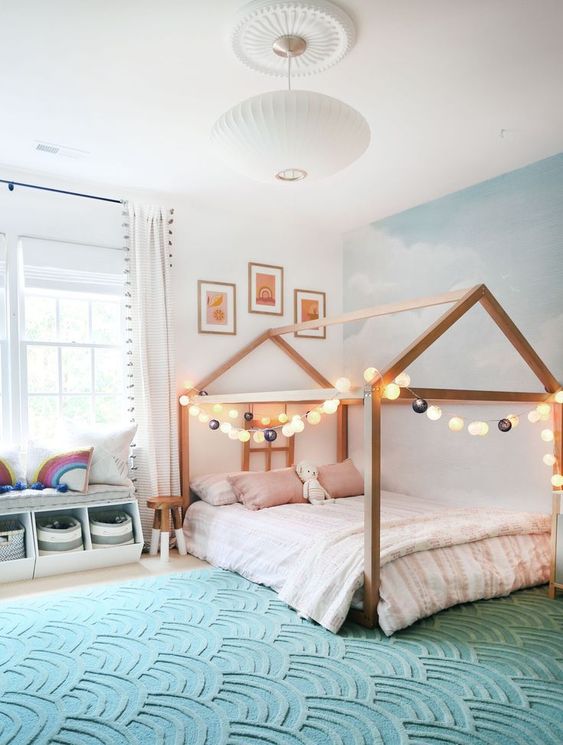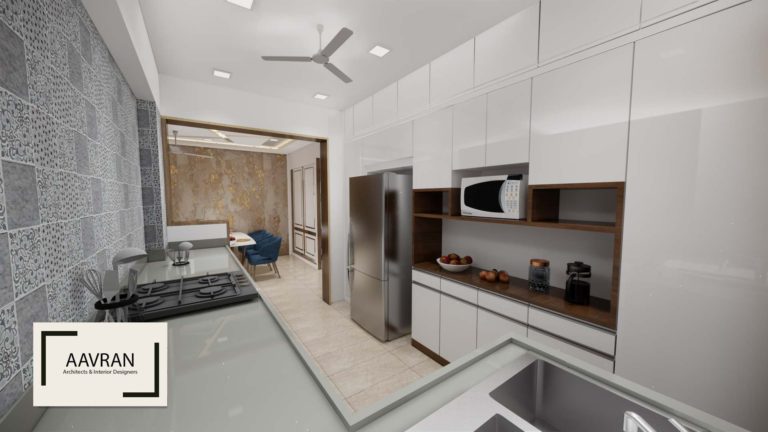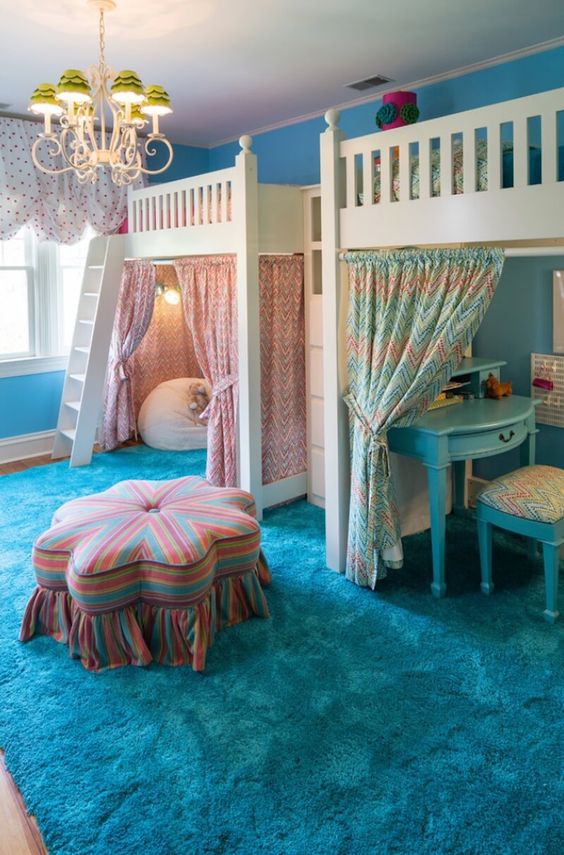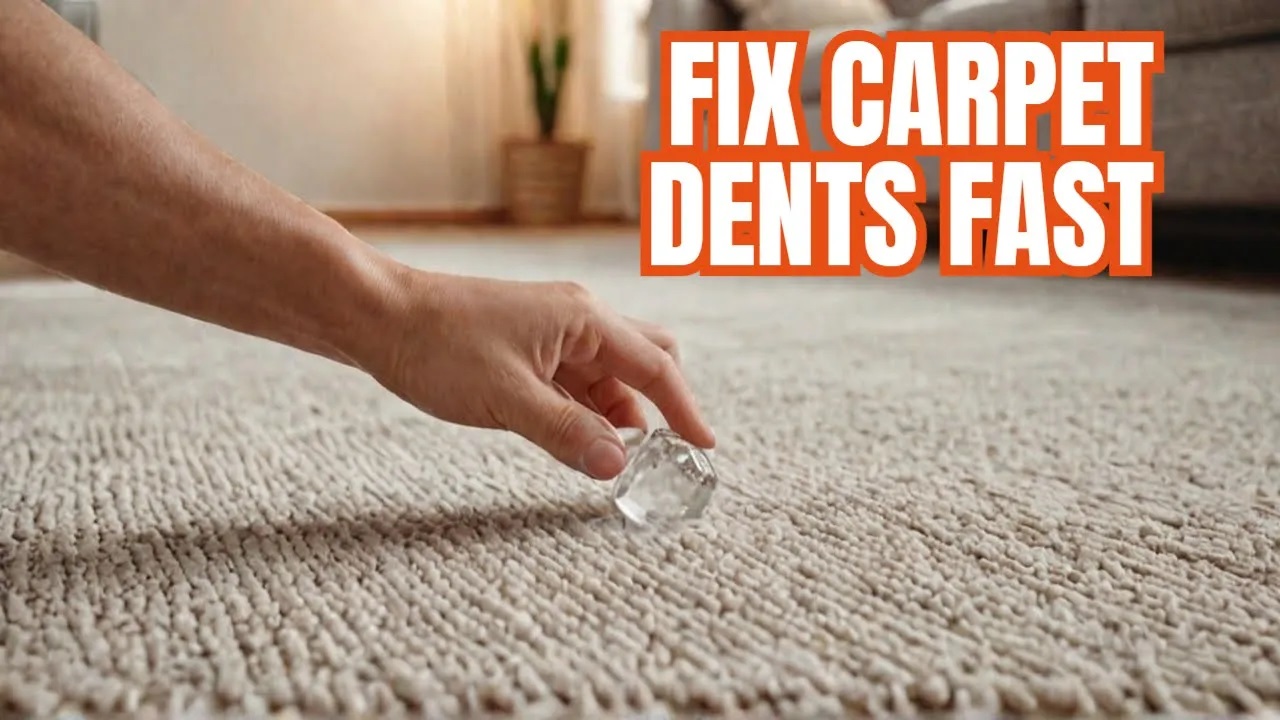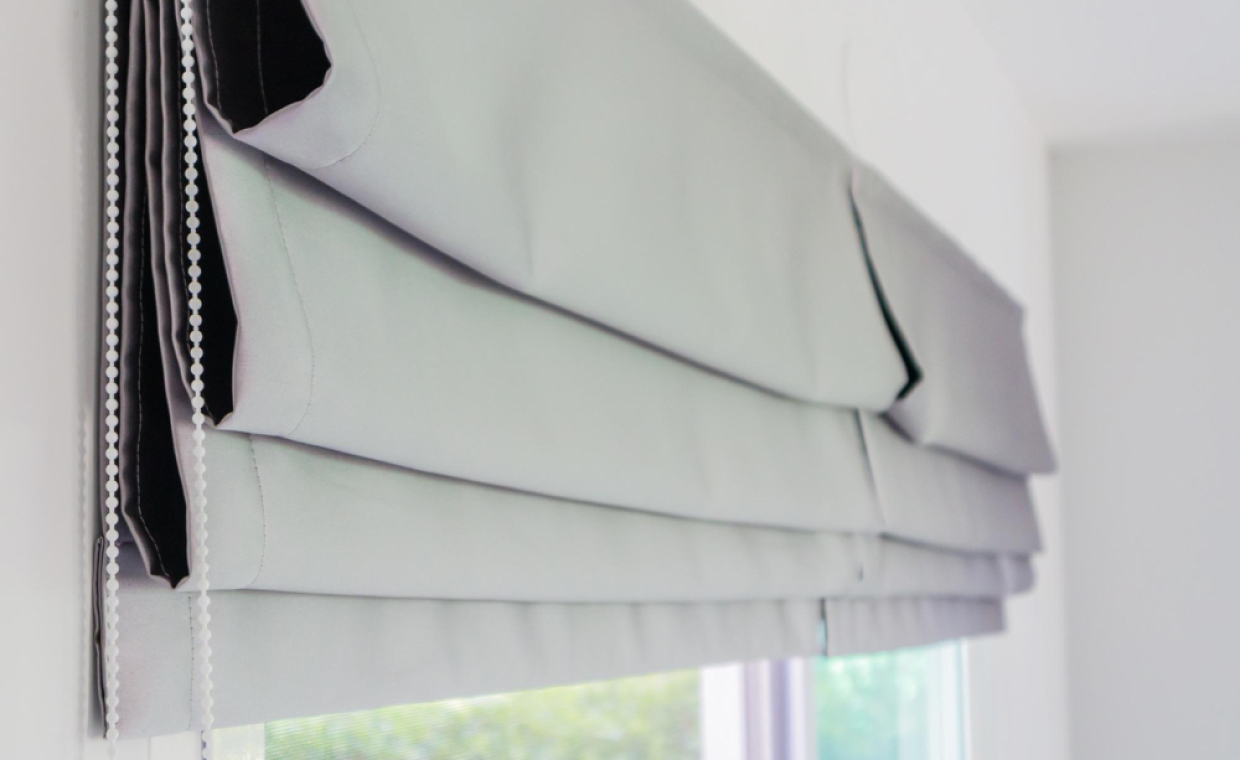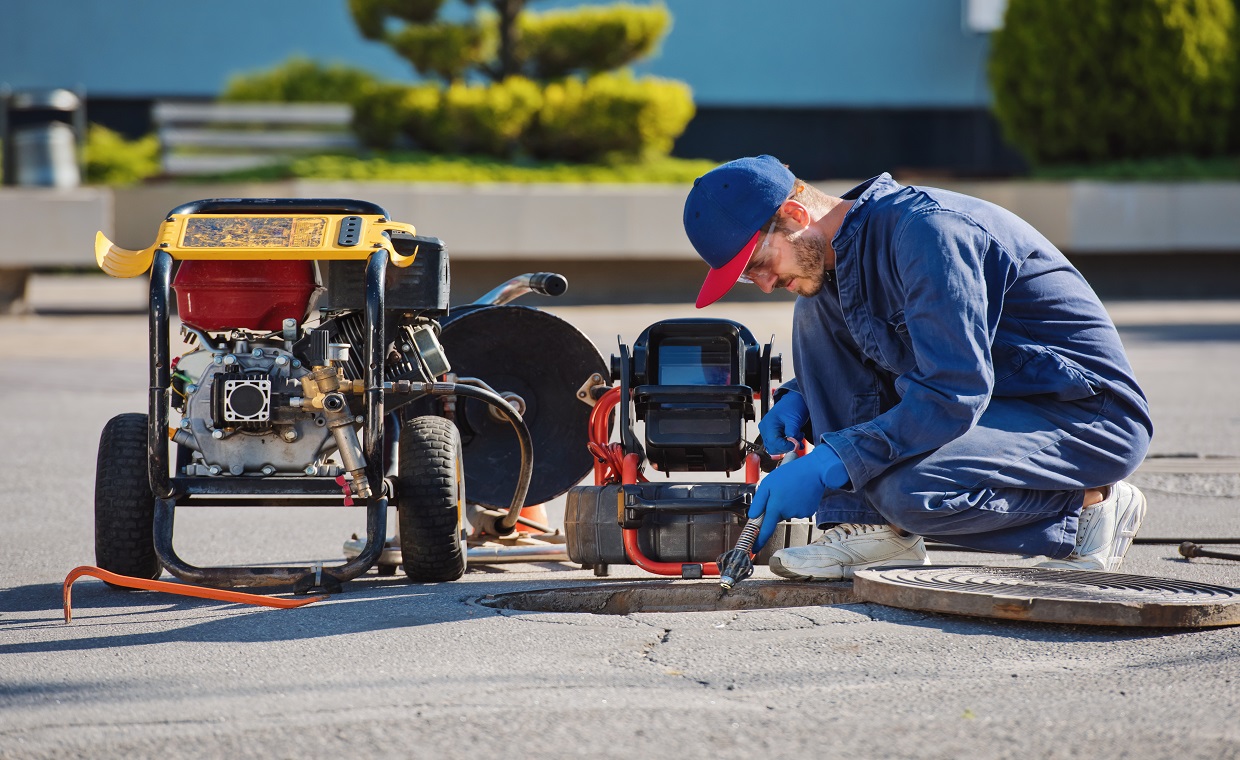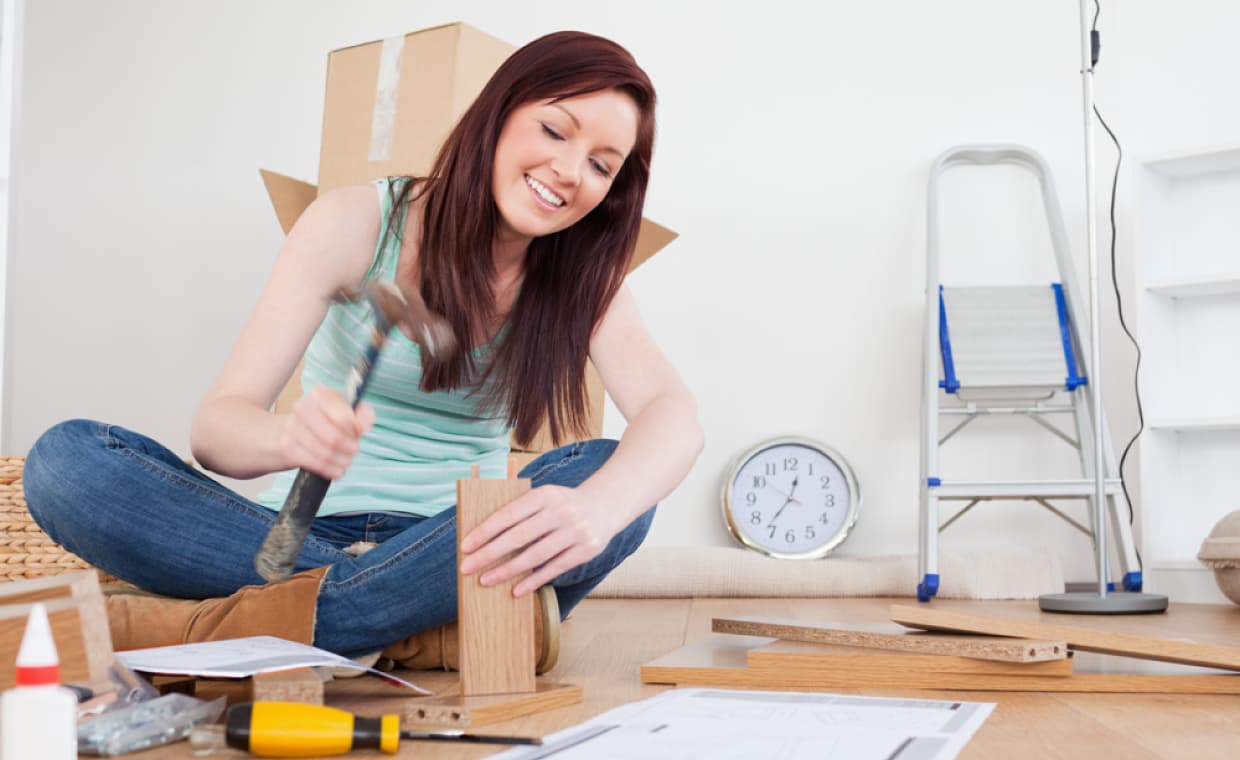
Table of Contents
Quick Summary
- DIY home improvement projects save money, but it can cost more if your skills fall short.
- Painting is easy, but high areas and cabinets require profession services.
- Floating floors are suitable for DIY projects; tile and hardwood require expert installation.
- Minor kitchen fixes are DIY-friendly; works like plumbing and benchtops need pros.
- Licensed electricians must do electrical work. Electrical home renovation tips DIY is not safe.
- Minor plumbing can be DIY project; However, new pipes require professional services.
- Simple demolition works require specialised skills; structural jobs need experts’ intervention.
- Outdoor DIY is safe; complex work needs professional’s intervention.
- Learn your personal DIY skill set limits, start small, and stay safe.
DIY home improvement projects are interesting for many reasons. There’s something satisfying about fixing or improving your own home. It saves money, gives you control over the timing, and allows you to boast saying “Yeah, I did that” when people compliment the results. But there’s also something expensive and frustrating about tackling a project beyond your skill level, making a mess of it, and then paying a professional to fix both the original problem and your attempt at solving it.
The line between DIY-friendly and “call someone who knows what they’re doing” isn’t always obvious. Some projects look intimidating but are actually straightforward with basic tools and patience: they are good as task for beginner home repairs. Others seem simple but hide complications that only become apparent once you’re halfway through and everything’s already torn apart.
Painting: The Gateway DIY Project
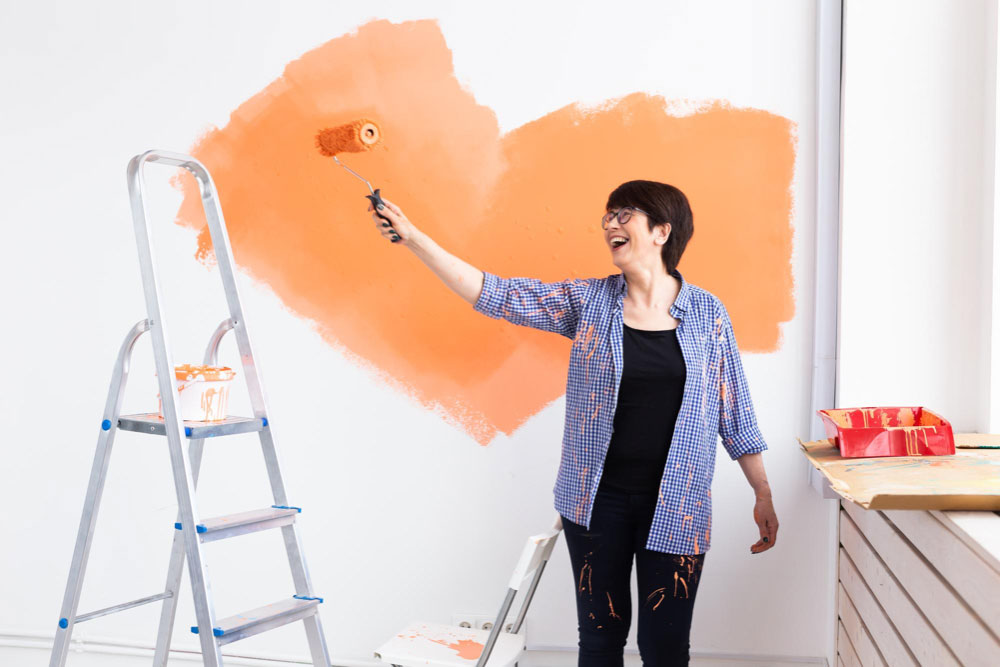
Painting walls might be the most universally doable home improvement. It is in fact one of the easily manageable DIY home improvement projects you can try without much skill. If you can follow basic instructions and have steady hands, you can paint a room. The results might not match a professional painter’s perfectly smooth finish, but they’ll be good enough that most people won’t notice the difference.
The main requirements are time and patience rather than skill. Proper preparation makes or breaks the job. Filling holes, sanding rough spots, cleaning walls, taping edges carefully, these boring steps matter more than the actual painting. People who skip them end up with results that look amateurish no matter how carefully they apply the paint. Home renovation tips are good to read but often challenging to implement.
That said, some painting jobs belong in the professional category and should be taken as one of the DIY home improvement projects by any means. High ceilings or stairwells need proper scaffolding and safety equipment. Painting kitchen cabinets requires spray equipment and a dust-free space for good results, brush painting them usually looks exactly like what it is. Exterior painting involves ladders, weather considerations, and surface preparation that gets complicated fast.
Flooring: It Depends Entirely on the Type
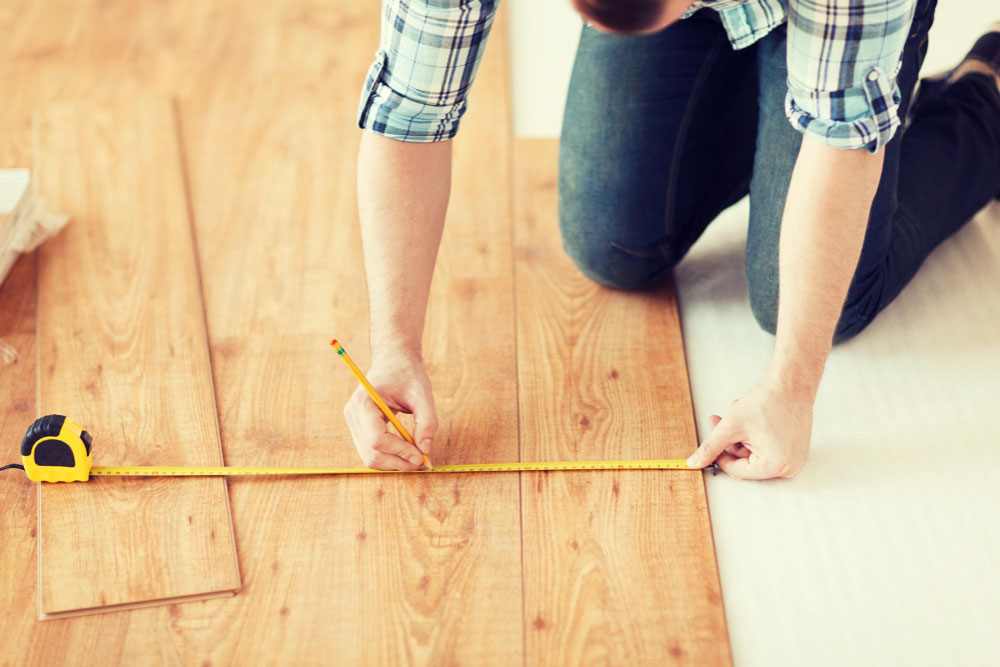
Floating floors (the kind that click together) are genuinely DIY-friendly for anyone comfortable following instructions. Laminate and vinyl plank systems are designed for homeowners to install themselves. The pieces lock together, you don’t need adhesive, and mistakes can be taken apart and redone. The main requirement is a level subfloor, if that’s not sorted first, the floor won’t sit right no matter how carefully it’s installed.
Tile is where things get tricky. Laying tile in a small, low-traffic area with simple patterns can work as a first-time DIY project, but it requires more skill than people expect. Getting tiles level, spacing them evenly, cutting around obstacles, these all take practice. The grouting seems easy until you try it and realize how quickly it can look messy.
Hardwood flooring installation should probably be left to professionals unless you’ve done it before. The equipment needed is expensive to buy or rent, the cuts need precision, and mistakes waste costly materials. Sanding and finishing existing hardwood is even less DIY-friendly, the equipment is tricky to control and it’s easy to damage floors beyond repair.
Kitchen Updates: A Wide Range of Difficulties
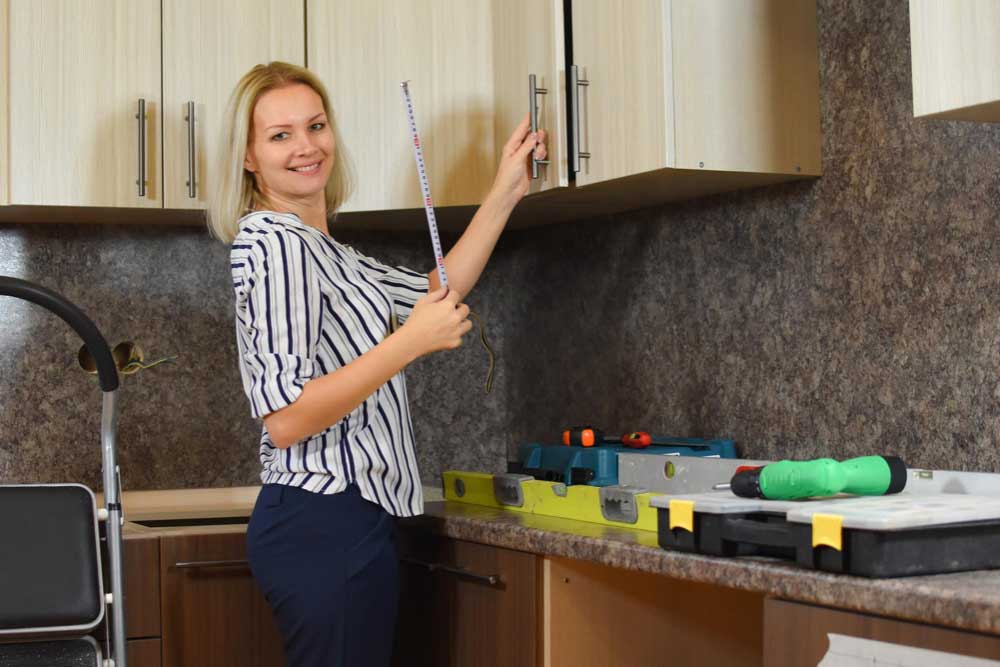
Some kitchen improvements sit firmly in DIY territory and you can count as one of the most interesting and customised DIY home improvement projects. Replacing cabinet handles and drawer pulls requires a screwdriver and takes an hour. Painting walls or even cabinets (if done properly with the right products) transforms the space without professional help. Installing a new backsplash using peel-and-stick tiles or simple subway tiles works for moderately handy people.
Major kitchen renovations get complicated fast. Running new plumbing or electrical work needs professionals, both for safety and because permits require licensed tradespeople in most areas. Installing cabinets looks straightforward but involves getting everything level, properly secured to wall studs, and aligned correctly, which is harder than it appears.
Here’s where DIY kitchen renovation options make sense for many homeowners. Flatpack cabinets designed for self-installation reduce both material and labour costs while still allowing professional help for the complicated bits. Fitting cabinets yourself but hiring a plumber for the sink and a sparky for appliances splits the difference between fully DIY and fully professional. The distinction between DIY vs professional projects is an important part behind the success of all DIY home improvement projects.
Benchtop installation usually needs professionals, especially for stone or engineered materials. These are heavy, expensive, and need precise cutting for sinks and cooktops. One mistake may cost hundreds or thousands in wasted materials. Laminate benchtops offer more DIY potential, but even those require careful measuring and cutting, so it depends on your skillset if you can count it as one of the DIY home improvement projects!
Electrical Work: Just Don’t

This is straightforward. Electrical work beyond changing light bulbs or plugging things in belongs to licensed electricians. It’s not about difficulty; it’s about safety and legality. Faulty electrical work causes house fires and kills people. It also voids insurance and creates problems when selling the house.
Some people argue that simple jobs don’t need professionals and these can be listed as budget-friendly home upgrades. They’re wrong. Adding a power point, installing a ceiling fan, replacing a light fixture, these all involve working with wiring that can electrocute you or cause fires if done incorrectly. The money saved isn’t worth the risk.
In most Australian states and territories, doing your own electrical work is actually illegal unless you’re licensed. Even if someone feels confident, they can do it safely, the legal and insurance implications make it a bad idea. This is one area where the DIY instinct needs to be firmly ignored.
Plumbing: Some Parts are Fine, Others aren’t

Replacing tap washers, installing a new showerhead, or swapping out a toilet seat are all manageable DIY tasks. These involve shutting off water, undoing some connections, and reversing the process with new parts. The worst that happens if something goes wrong is a bit of water spillage.
By following home renovation tips, you may attempt a few plumbing tasks. But complicates tasks like installing new fixtures or running new pipes crosses into professional territory demand professional skillset. A badly installed toilet can leak slowly and rot the floor underneath before anyone notices. Incorrectly fitted pipes can burst and flood the house. Even successfully completing the work doesn’t mean it meets plumbing codes, which matters for insurance and resale.
Blocked drains fall somewhere in between. Simple blockages might clear with a plunger or drain snake. Persistent or complicated blockages need professional equipment and expertise. Trying too hard to clear a blocked drain yourself can damage pipes, turning a simple clearing job into an expensive repair.
Demolition: Anyone can Destroy; Few can Do it Safely
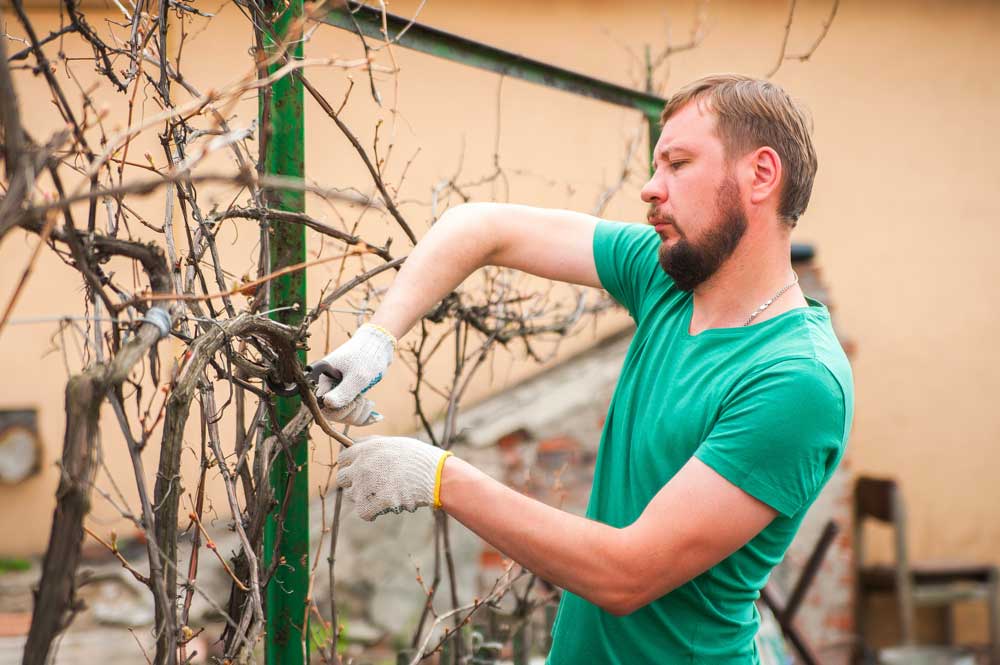
Knocking things down feels satisfyingly DIY. Pulling up old carpet, removing dated tiles, tearing out a broken fence, these don’t require much skill. The catch is knowing what you can safely demolish and what might be structural, contain asbestos, or hide important services.
That wall you want gone might be load-bearing. Those tiles might have asbestos underneath. That old fence might be on the property boundary with legal implications. Even simple demolition benefits from a bit of research or a professional opinion before starting. Getting it wrong turns a DIY demo into a professional repair job that costs more than hiring help from the start.
Garden and Outdoor Projects
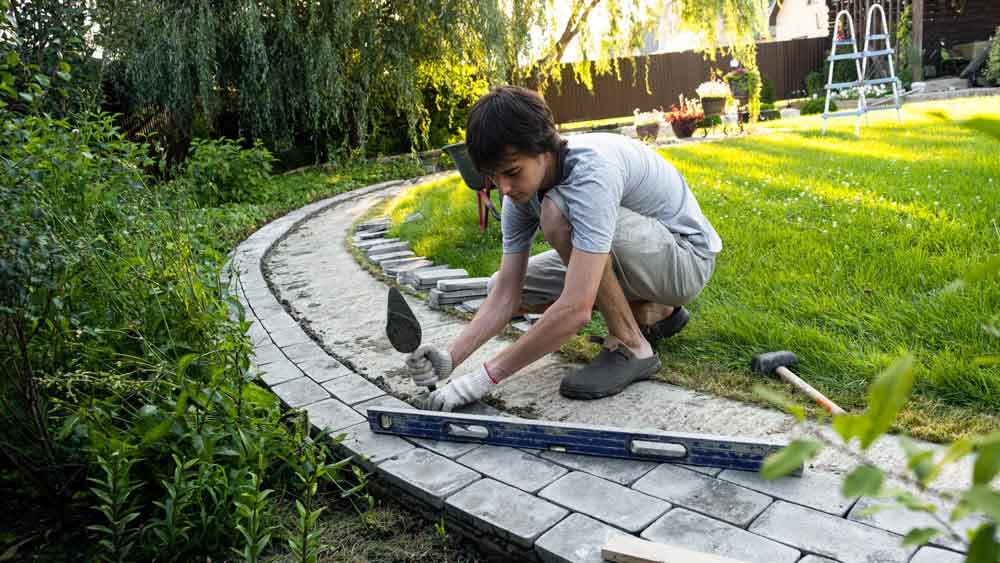
Basic gardening, building simple garden beds, laying gravel paths, putting up basic fences, these generally work as DIY home improvement projects. They’re forgiving, mistakes can usually be fixed without huge expense, and the tools required are basic.
Retaining walls over a certain height need engineering and professional installation. They’re holding back tons of earth, and if they fail, they can damage property or injure people. Paving and concreting are technically possible for DIYers but difficult to do well. Poor concrete work looks terrible and can’t easily be fixed without tearing it out and starting again.
Major landscaping often benefits from professional design even if the installation happens DIY. Knowing what will actually grow where, how to handle drainage, which plants work together, this knowledge saves money and disappointment in the long run.
Know Your Limits: Stay Safe
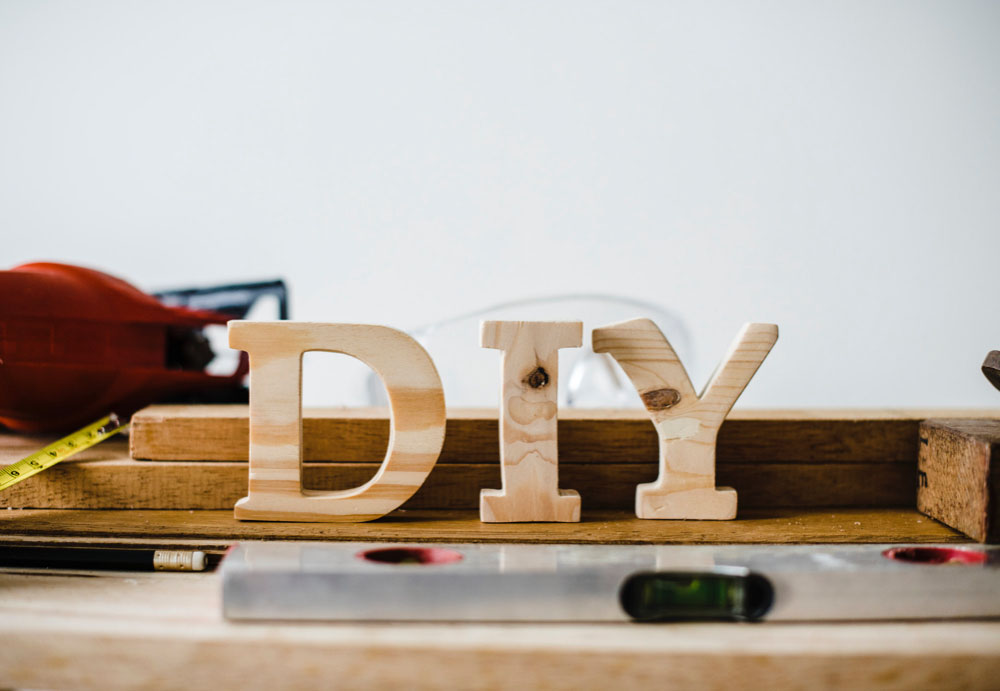
The honest answer to “can I do this myself” depends more on personal factors than the project itself. Someone with carpentry experience can tackle projects that would be disasters for someone who’s never used power tools. Someone who’s patient and detail-oriented might successfully complete fiddly tasks that would frustrate someone who just wants it done quickly.
Time matters too. A project that takes a professional two days might take a beginner two weeks. If that time frame works, great. If it means living without a functional kitchen for a fortnight, maybe professional help is worth the cost.
Summing Up
Selection of DIY home improvement projects are a bit tricky. The real skill is lying in recognising the projects that match your abilities and filtering those which don’t. Starting with smaller projects builds skills and confidence for bigger ones. Jumping straight into a major renovation without experience rarely ends well no matter how safe DIY home tasks it seems to be. There’s no shame in knowing when to call for help, it’s often the smartest and most cost-effective choice you can make.
When you embark on DIY home-improvement projects, you’ll often need to clear rooms, protect furniture, or temporarily relocate items while work is underway. Renting self storage like the storage units Whitby offers an ideal solution: you can securely store bulky furniture, construction supplies, or excess décor off-site until your project is complete. Many facilities in Whitby are climate-controlled and offer flexible month-to-month leasing, making them a convenient way to keep your living spaces tidy and functional during the renovation process.
Also Read: How To Stay Safe During DIY Home Renovation: Top 6 Tips
FAQs on DIY Home Improvement Projects
1. What are the Easiest DIY Home Improvement Projects for Beginners?
You may begin by painting walls, replacing cabinet handles, or installing floating floors. These projects require minimal tools and fundamental skills. You can enjoy the improved visible results without significant risks or high costs.
2. Which Home Repairs Should Always be Left to Professionals?
Licensed professionals should always handle electrical wiring, plumbing installations, and structural work. These jobs need expertise, permits, and safety checks to prevent accidents or property damage.
3. How can I Determine If a Project is Safe to Undertake on My Own?
Check your tools, time, and experience. Suppose a project involves wiring, plumbing, or load-bearing structures. In that case, it’s safer to call a professional rather than risk costly mistakes.
4. What Tools Do I Need for Basic Home Improvement Tasks?
Basic DIY tools include a drill, screwdriver set, tape measure, hammer, level, utility knife, paint supplies, and safety gear. These tools can cover most simple home repairs and small DIY improvement projects.
5. Can DIY Projects Really Save Money Compared to Hiring Professionals?
DIY projects save money on labour and teach valuable skills, but mistakes can add hefty costs. You should assess your skill limits and hire professionals for complex or high-risk work to avoid losses or incurring risk on your home’s arrangement and safety.








